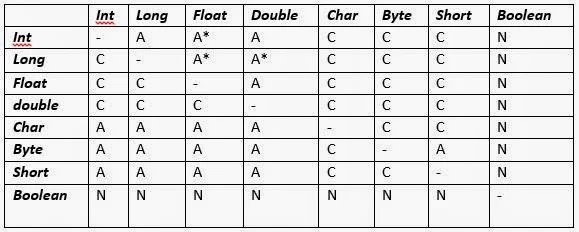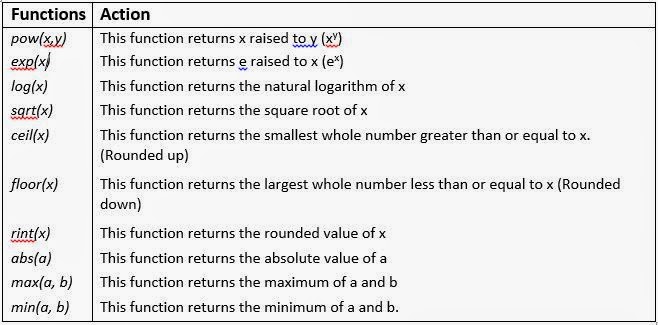Using AJAX Technology you can change time at runtime in asp.net. So you can easily create web development in the asp.net. Here we will take a simple example, which shows time on the webpage also page will refreshed after 1 second .
ScriptManager : The ScriptManager control is the first AJAX server control in the toolbox. This control helps in implementing the ajax functionality in the asp.net website. You need to place this control on the webpage wherever AJAX functionality is required. In the absence of this control, no other Ajax server controls, such as Timer, UpdatePanel and UpdateProgress , can be added to the webpage. The ScriptManager control is responsible for managing client scripts for AJAX-enabled website . The Script Manager control use a ScriptManager class to manage AJAX script libraries and script files.
Timer Control : Sometimes , there can be a situation when you want to update the contents of the page after a specific interval. for example , there is a web page showing the stock prices where the price of the stock changes frequently. you are asked to update the stock prices after every minute . In this scenario , you need to use the Timer control . The Timer control contains a property named interval and an event named Tick.. The Interval property of the timer control is used to specify the desired time limit in second.
lets take an Example
Copy this code and paste your web form ( Before copy you must add ajax control tool kit to your project )
<%@ Page Language="C#" %>
<!DOCTYPE html PUBLIC "-//W3C//DTD XHTML 1.0 Transitional//EN" "http://www.w3.org/TR/xhtml1/DTD/xhtml1-transitional.dtd">
<script runat="server">
protected void Timer1_Tick(object sender, EventArgs e)
{
Label1.Text = DateTime.Now.ToLongTimeString();
}
</script>
<html xmlns="http://www.w3.org/1999/xhtml">
<head runat="server">
<title></title>
</head>
<body>
<form id="form1" runat="server">
<div>
<asp:ScriptManager ID="ScriptManager1" runat="server">
</asp:ScriptManager>
<br />
<asp:UpdatePanel ID="UpdatePanel1" runat="server">
<ContentTemplate >
<asp:Label ID="Label1" runat="server" Text="Label"></asp:Label>
<asp:Timer ID="Timer1" runat="server" Interval="1000" ontick="Timer1_Tick">
</asp:Timer>
</ContentTemplate>
</asp:UpdatePanel>
</div>
</form>
</body>
</html>
ScriptManager : The ScriptManager control is the first AJAX server control in the toolbox. This control helps in implementing the ajax functionality in the asp.net website. You need to place this control on the webpage wherever AJAX functionality is required. In the absence of this control, no other Ajax server controls, such as Timer, UpdatePanel and UpdateProgress , can be added to the webpage. The ScriptManager control is responsible for managing client scripts for AJAX-enabled website . The Script Manager control use a ScriptManager class to manage AJAX script libraries and script files.
Timer Control : Sometimes , there can be a situation when you want to update the contents of the page after a specific interval. for example , there is a web page showing the stock prices where the price of the stock changes frequently. you are asked to update the stock prices after every minute . In this scenario , you need to use the Timer control . The Timer control contains a property named interval and an event named Tick.. The Interval property of the timer control is used to specify the desired time limit in second.
lets take an Example
Copy this code and paste your web form ( Before copy you must add ajax control tool kit to your project )
<%@ Page Language="C#" %>
<!DOCTYPE html PUBLIC "-//W3C//DTD XHTML 1.0 Transitional//EN" "http://www.w3.org/TR/xhtml1/DTD/xhtml1-transitional.dtd">
<script runat="server">
protected void Timer1_Tick(object sender, EventArgs e)
{
Label1.Text = DateTime.Now.ToLongTimeString();
}
</script>
<html xmlns="http://www.w3.org/1999/xhtml">
<head runat="server">
<title></title>
</head>
<body>
<form id="form1" runat="server">
<div>
<asp:ScriptManager ID="ScriptManager1" runat="server">
</asp:ScriptManager>
<br />
<asp:UpdatePanel ID="UpdatePanel1" runat="server">
<ContentTemplate >
<asp:Label ID="Label1" runat="server" Text="Label"></asp:Label>
<asp:Timer ID="Timer1" runat="server" Interval="1000" ontick="Timer1_Tick">
</asp:Timer>
</ContentTemplate>
</asp:UpdatePanel>
</div>
</form>
</body>
</html>







